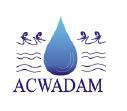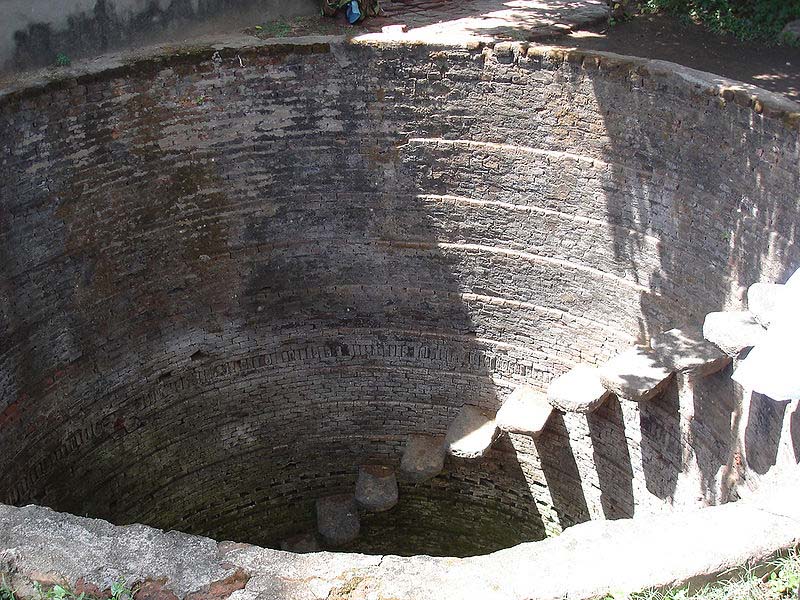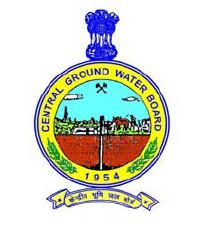Groundwater
Biodrainage to combat waterlogging, increase farm productivity and sequester carbon in canal command areas of northwest India – A paper in Current Science
Posted on 02 Jul, 2011 03:46 PMThe rise in groundwater table followed by waterlogging and secondary soil salinization is a serious problem in canal-irrigated areas of arid and semi-arid regions. To combat the problem, an agroforestry model for biodrainage was tested in waterlogged fields of Haryana (northwest India), where 10 per cent area (0.44 m ha) is waterlogged resulting in reduced crop yields and abandonment of agricultural lands.
Hi-tech vs low-tech in the water sector in the village of Dandiganahalli near Bangalore - Article by S. Vishwanath
Posted on 28 Jun, 2011 05:40 PMEver since Schumacher wrote his now very, very famous book small is there has in my mind been a question of the appropriateness of the solutions we urban educated types posit for rural ‘problems’.
An openwell as a source of water in Bangalore city
Posted on 27 Jun, 2011 04:48 PMGravity based spring water supply systems in Vishakhapatnam: A sustainable solution to an age-old problem
Posted on 23 Jun, 2011 05:42 PM With an annual rainfall of more than 1200 mm, this region has truly pristine and under-developed ground water resources. The water related issues are more complex in the hilly areas. Some of the most concerning issues that affect the current water scenario in the Eastern Ghats are pollution of water sources (springs & streams) leading to poor health, illiteracy and ignorance resulting in improper hygiene and sanitation practices. The burden on women and children is also high since they have to walk a long distance to the springs/streams for fetching water.
Down the drain – Exploring traditional water systems - A film by Tarun Jayaram
Posted on 21 Jun, 2011 10:41 AM
down the drain from tarun jayaram on Vimeo.
These are some of the questions which led Tarun Jayaram, the film-maker to explore traditional water systems in the country. From the documentary’s opening moments, the director engages us with a beautifully shot array of footages ranging from pilgrims taking a holy dip of Ganges to beautiful baolis and tankas of Rajasthan to the ancient town of Hampi in Karnataka, while establishing how rivers have been an integral part of Indian culture and how its rich tradition of harvesting rainwater needs to be re-established to deal with the present day water crisis. Over the refreshing images and soothing audio, it advocates the need for community participation in rejuvenating the traditional methods of rainwater harvesting.
The Karnataka groundwater (regulation and control of development and management) bill (2009)
Posted on 18 Jun, 2011 04:09 PMThis document from the Department of Mines and Geology, Government of Karnataka site is a bill to regulate, and control the development and management of groundwater and matters connected therewith. The document is divided into the following chapters:
Training and facilitation in hydrogeology to enhance civil societies capabilities in watershed and groundwater management, ACWADAM, July 1- 16, 2011, Pune
Posted on 17 Jun, 2011 04:34 PM
Organizer: Advanced Centre for Water Resources Development and Management (ACWADAM)
Venue: Pune
Topics:
- Introduction to basics of geology
- Physical geology and geomorphology
Guidelines for successful well site selection – A paper in Current Science
Posted on 16 Jun, 2011 07:57 PMGroundwater is a natural replenishable resource. It is an important source for various purposes, including drinking, irrigation and industrial, due to insufficient surface water supply and frequent failure of monsoon. Identification of groundwater zones depends upon many factors such as distribution of rainfall, runoff, grain size of soil, topographic features, type of landform, drainage conditions, lithological characteristics, land use practices, depth to groundwater level and environmental constraints, which are not uniform in any area.

Image courtesy: Wikimedia Commons
CGWB intends to create a directory and invites bio-data of ground water professionals - Apply by 11th August, 2011
Posted on 15 Jun, 2011 10:40 AM Central Ground Water Board (CGWB) intends to create a directory of ground water professionals and invites bio data of experienced ground water professional (Individuals/Institutions/Scientists/Engineers/NGOs/VOs etc.) working in the field related to ground water/ rain water harvesting/ water conservation/ ground water recharge/ ground water quality/ water well drilling & construction etc.
Central Ground Water Board (CGWB) intends to create a directory of ground water professionals and invites bio data of experienced ground water professional (Individuals/Institutions/Scientists/Engineers/NGOs/VOs etc.) working in the field related to ground water/ rain water harvesting/ water conservation/ ground water recharge/ ground water quality/ water well drilling & construction etc.




